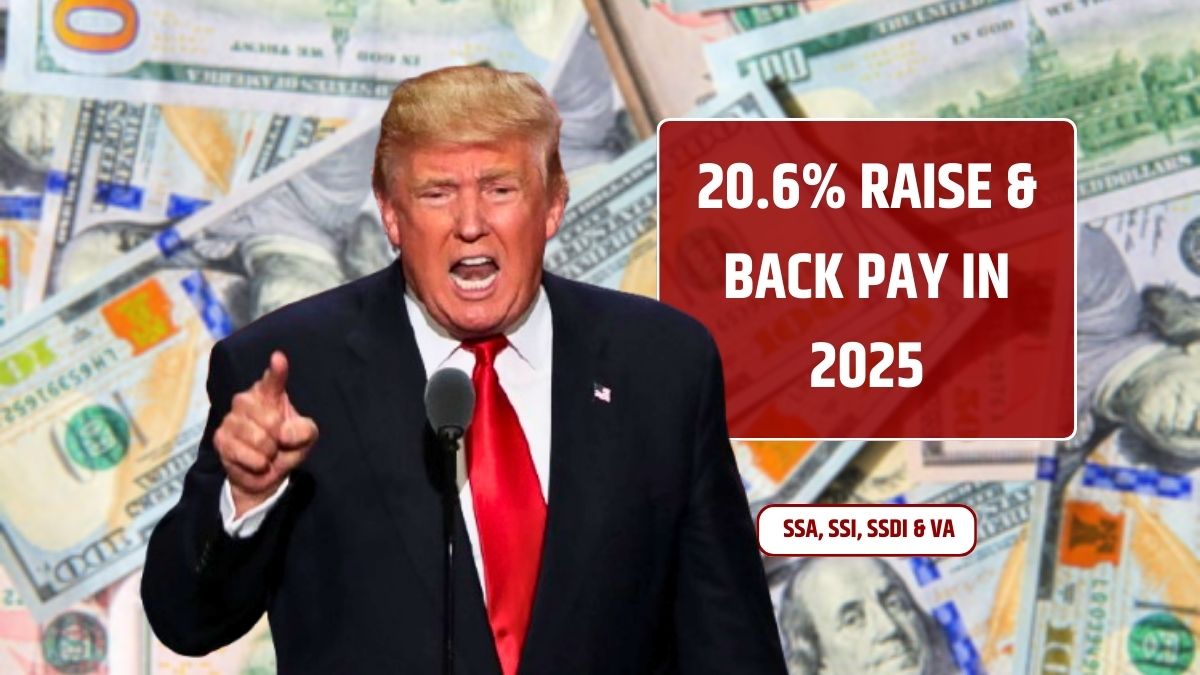The wars in Ukraine and Gaza have displaced over 5.5 million people, according to the UN Refugee Agency. But that’s only a small part of the global crisis. More than 123 million people around the world have been forced from their homes due to conflict. Amid this escalating humanitarian need, the dismantling of the U.S. Agency for International Development (USAID) under the Trump administration is pushing non-profits and aid organizations to pick up the slack.
The unraveling of USAID began on President Donald Trump’s second inauguration day. By March, 83 percent of its programs had been canceled, impacting more than 5,200 contracts, according to data from KFF. That sudden collapse has reshaped the way foreign aid is handled by the United States.
Realignment
In a May statement to the U.S. Senate Committee on Appropriations, the USAID Inspector General flagged serious concerns about the shift of USAID programs into the State Department. The Inspector General called the overhaul a historic realignment of America’s foreign aid system. While USAID as an agency is now dissolved, its Office of Inspector General still monitors how taxpayer dollars are spent on international assistance.
This realignment leaves a vacuum that many non-profits are struggling to fill.
Pressure
One of those groups is ShelterBox USA, a global relief organization that doesn’t receive government funding but works closely with other non-profits that once relied on USAID support. Kerri Murray, president of ShelterBox USA, said the cuts are taking a toll on aid delivery.
“In already underfunded areas, a lot of organizations had to pull out programs, cut staff, and scale back operations,” Murray said. With fewer players on the ground and resources stretched thin, the remaining groups are being asked to step up—and fast.
Funding
So how are these groups coping? Murray says it comes down to raising awareness and boosting donations. But with wars and disasters often feeling far removed from daily American life, that’s no easy task. ShelterBox is working to build emotional bridges by reminding donors of the shared values that connect us all.
“Family, faith, community—these are things we all care about. Even if you never meet someone in Somalia or Gaza, you can still make a difference in their life,” Murray explained.
Forgotten
While Ukraine and Gaza dominate global headlines, Murray stressed the need to pay attention to crises that rarely get the spotlight. ShelterBox is actively working in Somalia, Chad, and Cameroon—places where families are being displaced every day without much international media coverage.
These so-called “forgotten crises” are no less urgent, but they suffer from a lack of visibility and funding. Without sustained attention, the humanitarian response in those areas is at risk of crumbling entirely.
Future
Right now, no one knows when—or if—the U.S. will return to its previous levels of global aid. For organizations like ShelterBox, the only option is to stay focused and keep pushing forward. That means rallying donors, stretching every dollar, and continuing to show up in places others have left behind.
As the global displacement crisis grows, so does the pressure on the shrinking number of groups left to respond. The end of USAID has reshaped America’s role in global humanitarian aid. Whether other systems can rise to fill the gap remains an open—and urgent—question.
FAQs
How many were displaced in Ukraine and Gaza?
More than 5.5 million people, according to the UN.
What happened to USAID under Trump?
83% of USAID programs were canceled after his second inauguration.
What is ShelterBox USA?
A global relief group that works without U.S. government funding.
Where is ShelterBox working now?
In Somalia, Chad, Cameroon, and other crisis zones.
Why is foreign aid under pressure?
USAID’s closure shifted aid burdens to non-profits and donors.












